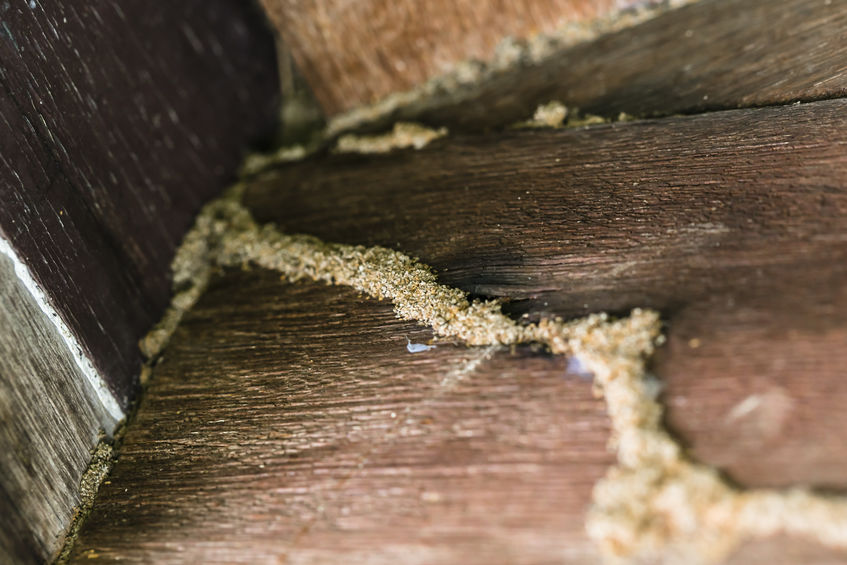Are you worried about termite damage? Well, you have good reason. Termites are responsible for billions of dollars in property damage every year, and homeowners spend around two billion dollars each year in order to control termite populations. In this article, we’re going to go through everything you need to know about identifying and controlling any termites on your property.
How can I tell if my home has termites?
Termites will enter the home in a variety of ways. However, the most common species of termites are subterranean and they will use mud tubes to connect to any wood that is water-damaged or old. Other species will swarm, with individual termites growing wings and leaving the colony in the search for new nesting locations.
Most people however, will not be able to detect a termite infestation until they notice the damage that has been done. Obviously, this is not ideal. If you live in an area that is prone to termite infestation, the best course of action is to check for termites regularly. For example, you can check any exposed wood in the home in order to detect hollow spots. Other signs of an infestation may include clicking sounds within the walls, hollow sounding timber, hard to open doors and windows, termite droppings, and of course the termites themselves.
How to prevent a termite infestation
Termites are attracted to moisture and cellulose (wood), so keeping termites off your property hinges on making sure that the soil around it is dry, and that it is hard to gain access to the wooden elements of the home. This is why it’s important for the foundation to have proper drainage, and that all the leaks around the home are fixed as soon as you notice them.
You also want to keep any wood debris or firewood as far away from your home as possible, and you want to keep trees and shrubs trimmed at all times. You can also perform regular inspections on areas where wood is plentiful to make sure that a termite colony has not been established nearby.
Handling a termite infestation
When it comes to termite control, you have non-chemical and chemical treatments. Non-chemical treatments usually consist of setting up a physical barrier in the ground, which can be either sand, a large enough space between the wood and the soil, or some sort of steel mesh. In some cases, non-chemical treatments also include the use of biological control agents such as fungi or nematodes, which either feed or poison the termites.
However, chemical treatments are usually the preferred control method, since they are the most effective, and they can be implemented after the building has been constructed. These treatments include: liquid termiticides that are applied in the soil to create a chemical barrier around the property, termite baits that contain poisoned cellulose and which will wipe out a colony, and various treatments for the structural support of the home, which will make the home itself poisonous to termites.
A pest control specialist will walk you through the options at your disposal, along with their pros and cons, and help you decide on the best option for your property. If you have any questions, or if you currently have a termite infestation, contact us today.

